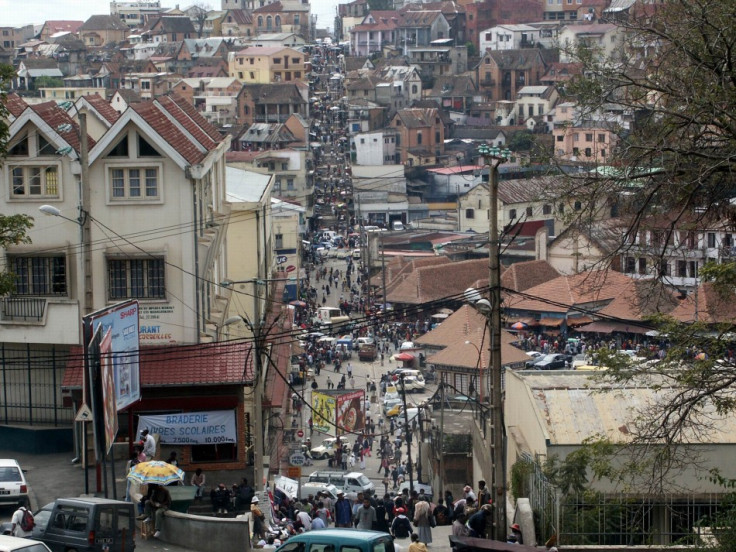Plague Epidemic Strikes in Madagascar As Black Death Kills 40 People
WHO warns the disease could spread rapidly, after infecting 119 people since August

An outbreak of the bubonic plague – commonly known as the "Black Death" – has killed 40 people in Madagascar since August. And now there is a risk of the disease spreading rapidly through the country's capital Antananarivo.
The World Health Organization (WHO) has report that 119 people have been infected by the bacteria Yersinia pestis. Yersinia is normally spread by fleas, but WHO has confirmed that two infections, and one death, were caused by an airborne variant of the disease – pneumonic plague –which attacks the lungs and can kill in 24 hours.
WHO warns the numbers of infected people could quickly rise, due to Antananarivo's high population density and weak healthcare system.
The first known case of the plague in the outbreak was a man from the Soamahatamana village in the district of Tsiroanomandidy, which was identified on 31 August.
He died on 3 September, but authorities did not notify WHO about the outbreak until 4 November.
"Cases have been reported in 16 districts of seven regions," the WHO said. "The situation is further complicated by the high level of resistance to deltamethrin (an insecticide used to control fleas) that has been observed in the country.
"The national task force has been activated to manage the outbreak. With support from partners – including WHO, the Pasteur Institute of Madagascar, the Commune urbaine d'Antananarivo and the Red Cross – the government of Madagascar has put in place effective strategies to control the outbreak."
The African Development Bank has also helped fund a $200,000 (£127,700) response project to tackle the epidemic.
Madagascar's government has begun a campaign to eradicate fleas and rodents in the area.
Plague is a bacterial infection of Yersinia pestis that is spread between by fleas which feed off rodents. Humans bitten by an infected flea typically develop the bubonic form of the plague, which swells lymph nodes. This form of the plague is treatable with antibiotics.
However, in some cases the pestis spreads to the victim's lungs, causing pneumonia. This form of the disease can kill in 24 hours, and can be transmitted between people by droplets from coughing and sneezing.
On very rare occasions bubonic plague can mutate into septicemic plague, which kills by causing the victim's blood to clot.
The last major outbreak of plague was in Peru in 2010, when 17 cases of plague in Ascope province were confirmed.
© Copyright IBTimes 2025. All rights reserved.





















